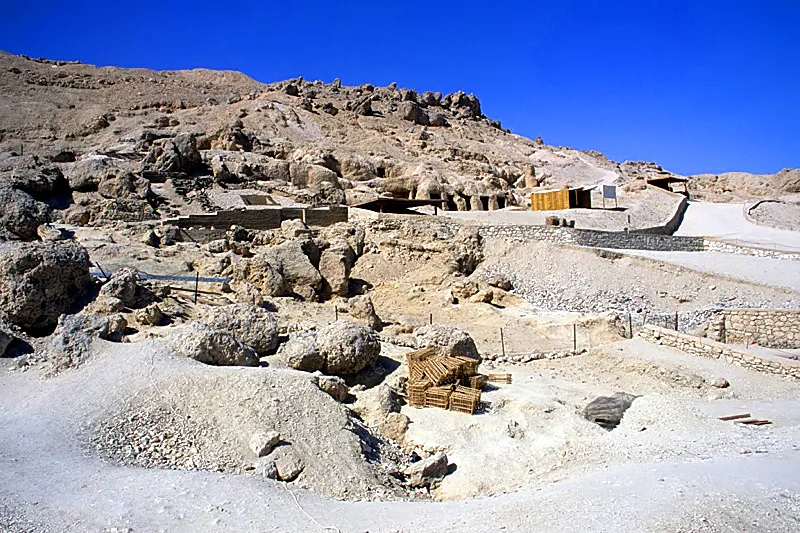Exploring Dra’ Abu el-Naga: A Timeless Egyptian Necropolis
The necropolis of Dra’ Abu el-Naga’, located on the West Bank of the Nile at Thebes, Egypt, holds immense historical value. It sits near the entrance of the dry bay leading to Deir el-Bahari and north of the necropolis of el-Assasif, not far from the Valley of the Kings.
Get your dose of History via Email
A Journey Through Time
The German Institute of Archeology (DAI) describes Dra’ Abu el-Naga’ as one of the longest-occupied necropolises in Ancient Egypt. It served as a burial site from the Middle Kingdom through the early Christian (Coptic) periods, spanning approximately 2,500 years. The earliest graves date back to the end of the 11th Dynasty (around 2000 B.C.). During the 17th and early 18th Dynasties, it became a royal burial site. The private necropolis included both simple burials and those of high-ranking individuals, such as the High Priests of Amun of Karnak.
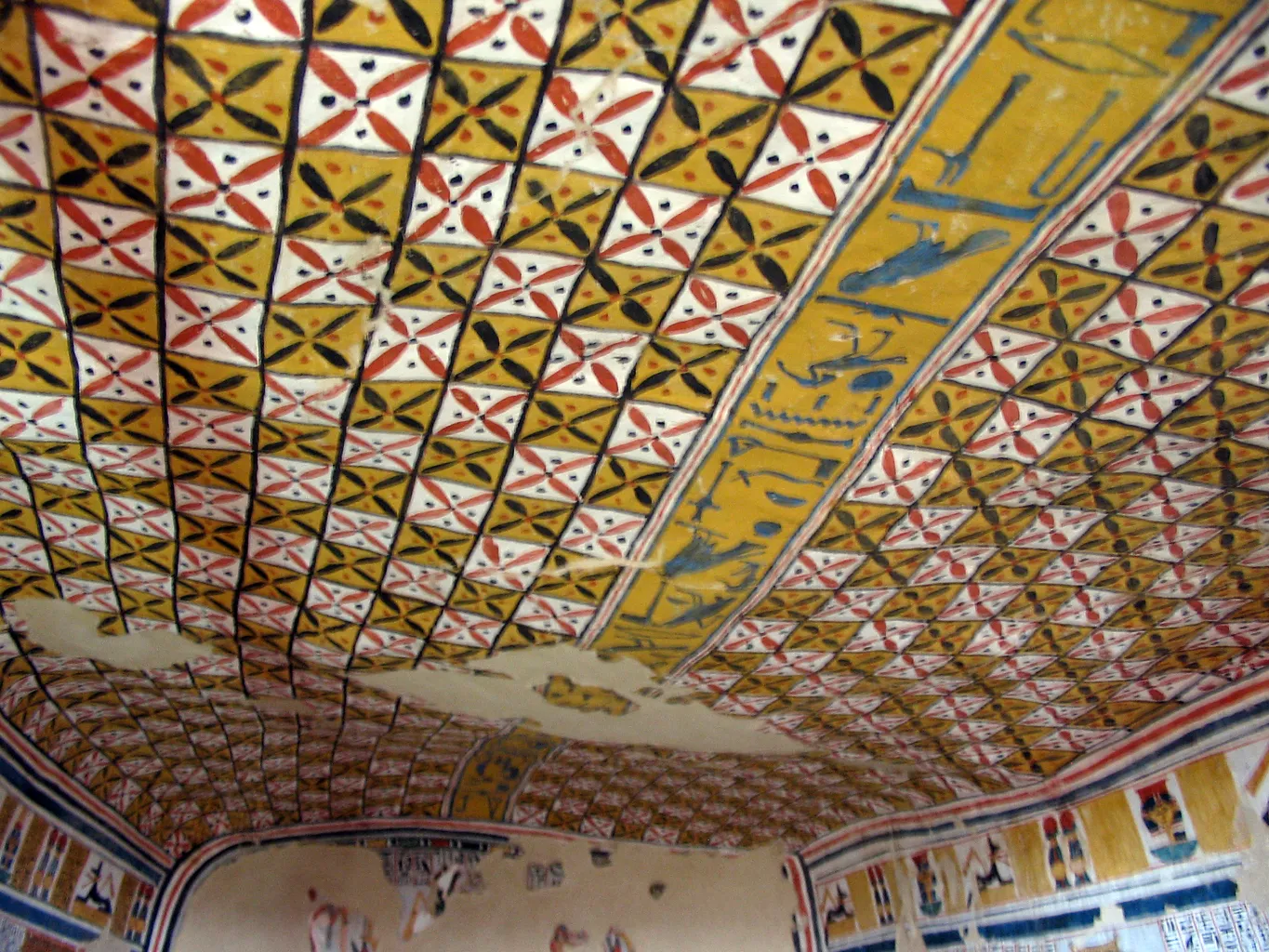
In the early Middle Kingdom, Dra’ Abu el-Naga’ functioned as a residence cemetery. At this time, Thebes (Waset) had become the imperial capital and seat of government. The site’s significance grew due to its proximity to the Temple of Karnak, the main cult center of Amun.
The Coptic Era
During the Coptic period, the Deir el-Bakhît monastery was constructed on the hilltop above the ancient cemetery. This monastery is identified as the historical Theban Monastery of Saint Paulos.
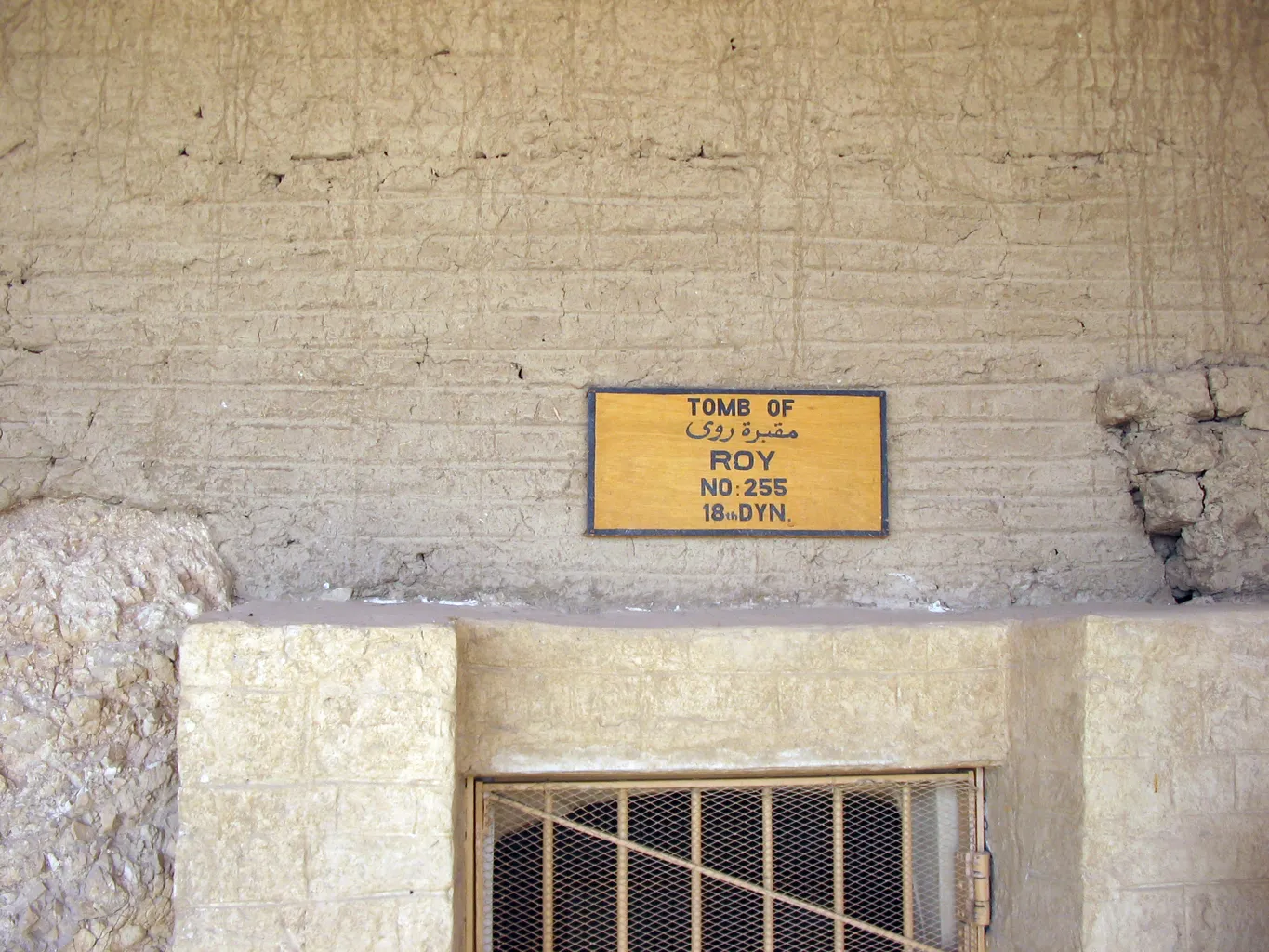
Archeological Excavations
Deir el-Bakhit Monastery
Since 2001, the DAI, in collaboration with Ludwig Maximilian University, has been working on the Deir el-Bakhit monastery. This project, directed by Prof. Dr. Günter Burkard and PD Dr. Daniel Polz, has revealed significant findings.
Pharaonic-Era Tombs
The necropolis also holds decorated graves from the New Kingdom. Carl Richard Lepsius documented these graves in 1845. Joseph Passalacqua undertook the first significant excavations between 1822 and 1825, focusing on shaft graves. The discovery of three royal coffins from the Second Intermediate Period, including that of Nubkheperre Intef, spurred further interest.
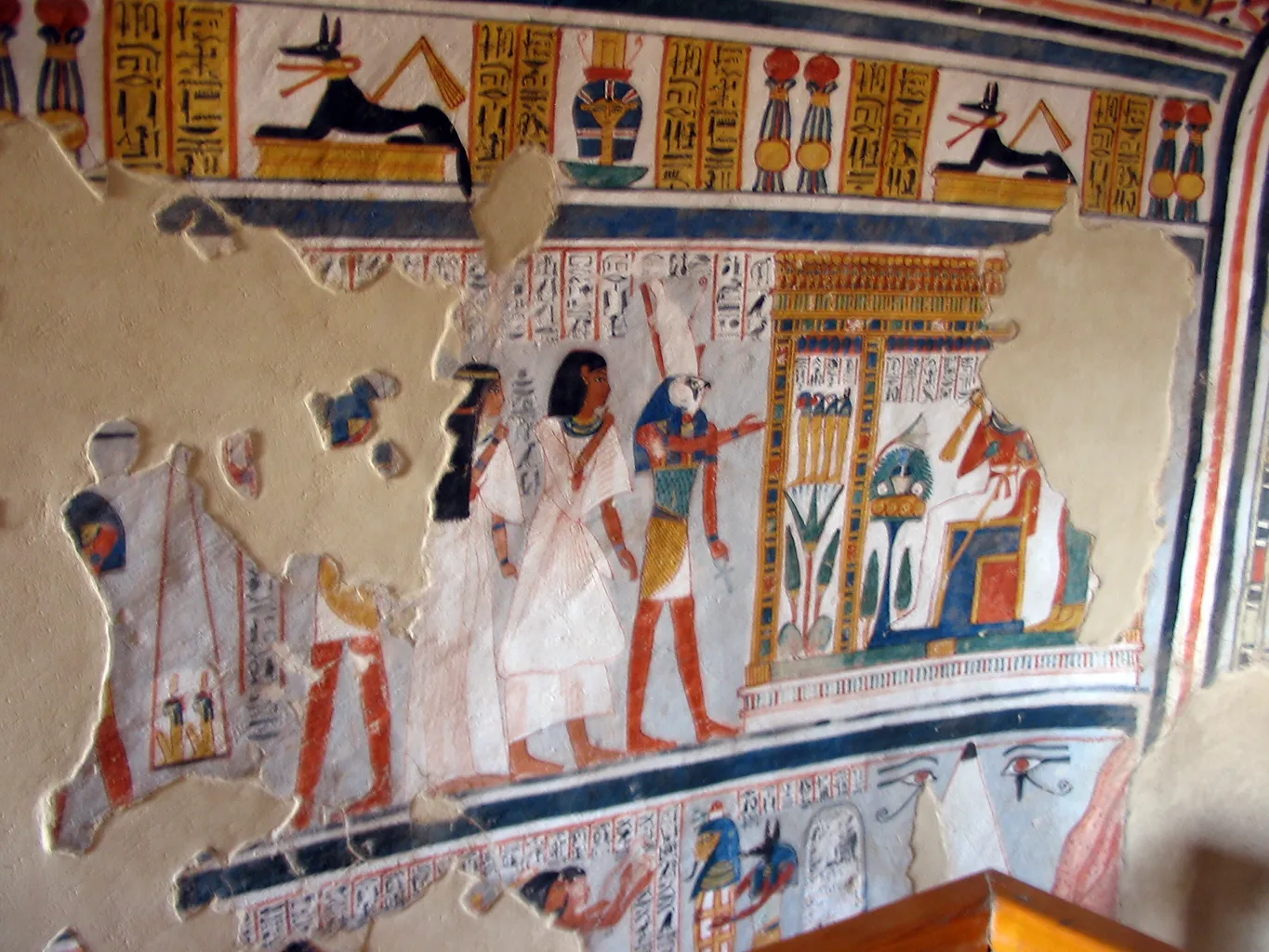
From 1860 to 1862, Auguste Mariette searched for the tomb of this king but did not document the location. Later, various ventures excavated individual graves and documented their decorations. Clarence Fisher of the University of Pennsylvania Museum led an excavation from 1921 to 1923, including work on the tombs of New Kingdom officials and the mortuary complex of Amenhotep I and his wife Nefertari.
Lanny Bell continued work in 1967, focusing on the epigraphic recording and conservation of the rock-cut tombs of Dynasty 19. The artifacts found at the site, including statuary, pottery, and painted reliefs, provided significant insights into the era.
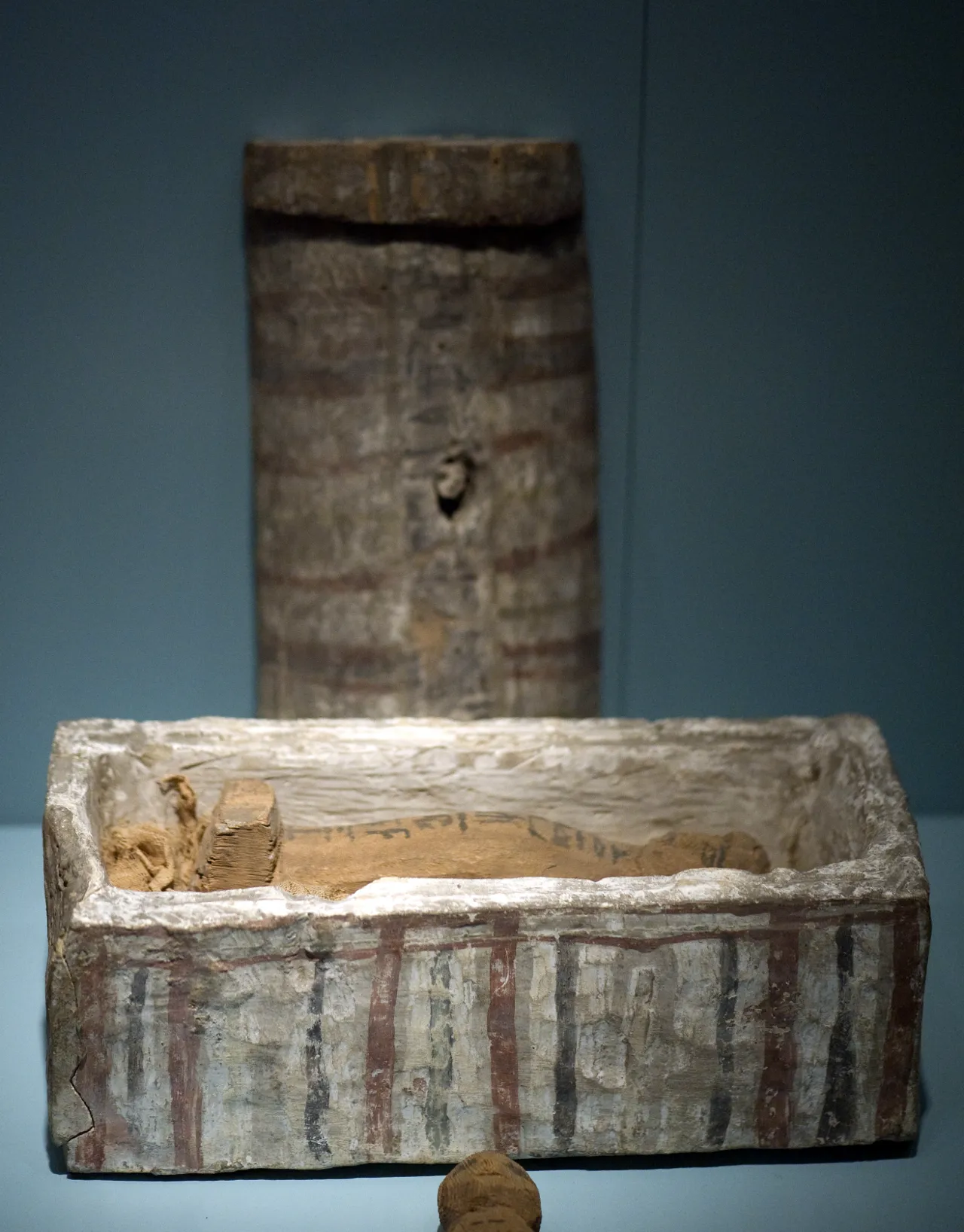
Recent Excavations
From 1991 to 2000, the DAI and the University of California, Los Angeles, excavated the area, focusing on the Second Intermediate Period and early New Kingdom. They aimed to document the royal tomb complexes of the 17th Dynasty, as previous knowledge was based on individual objects without definitive provenance.
Since January 2002, the Spanish National Research Council in Madrid has been conducting archeological work. The mission initially focused on the rock-cut tomb-chapels of Djehuty and Hery, officials under Hatshepsut and Queen Mother Ahhotep. Discoveries include an 11th/early 12th Dynasty burial with a wooden coffin painted in red and an extensive funerary garden.
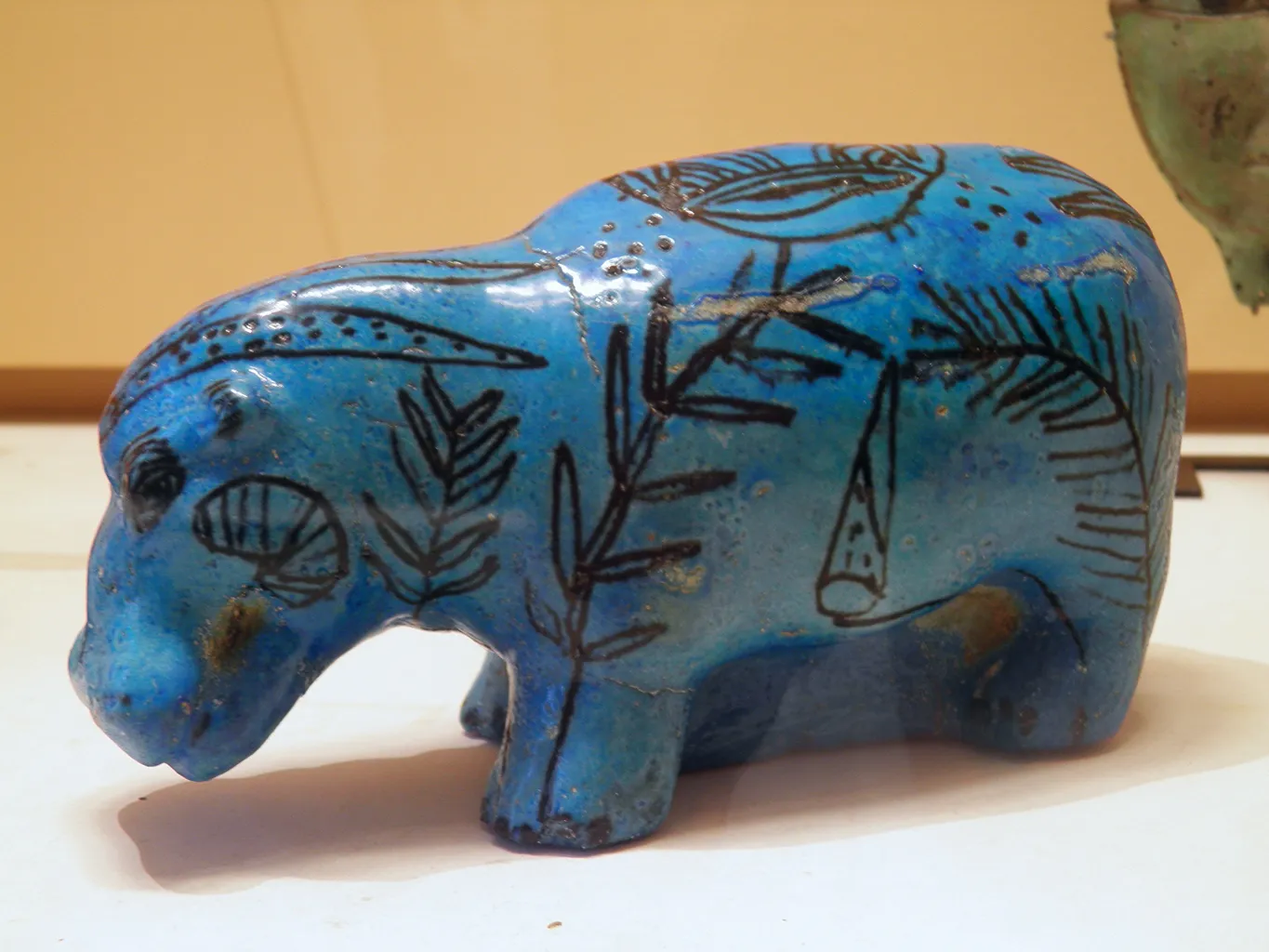
Notable Tombs and Structures
The Theban Necropolis, of which Dra’ Abu el-Naga’ is a part, contains at least 415 cataloged tombs. Significant tombs in Dra’ Abu el-Naga’ include:
- TT11: Djehuty, overseer of the treasury under Queen Hatshepsut.
- TT12: Hery, overseer of the granary of Queen Ahhotep.
- TT15: Tetiky, son of Rahotep, mayor of Thebes.
- TT17: Nebamun, scribe and physician of the king.
- TT140: Kefia, goldworker and portrait sculptor.
- TT163: Amenemhat, mayor of Thebes, royal scribe.
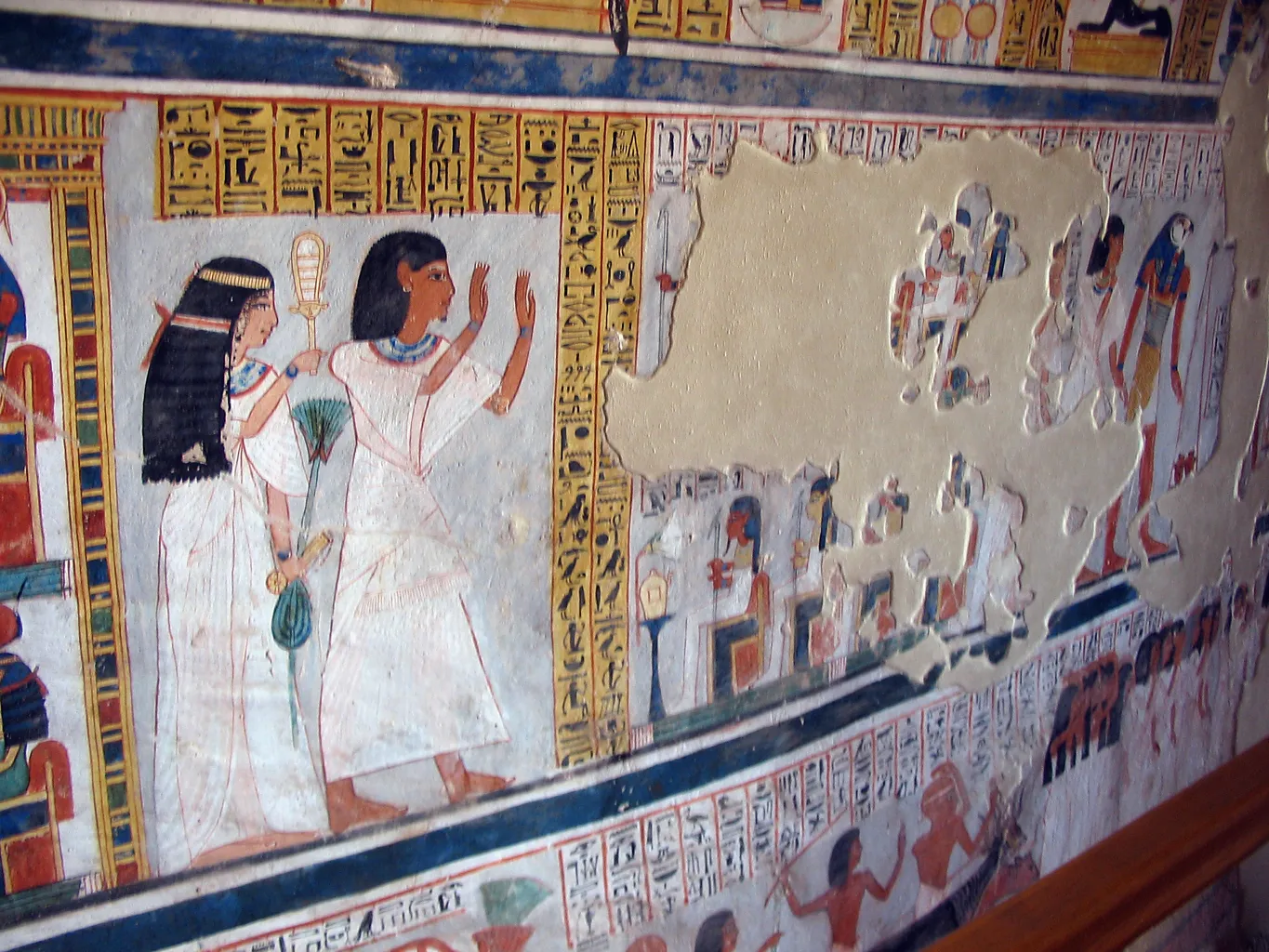
Kampp Tombs
Friederike Kampp-Seyfried discovered and excavated several tombs named after her, including Kampp 150 and Kampp 157, containing mummies and ushabti.
Lost Tombs
Notable lost tombs include those of Amenemhet, the “Tomb of the Dancers,” and Neferhotep, where the Papyrus Boulaq 18 was found.
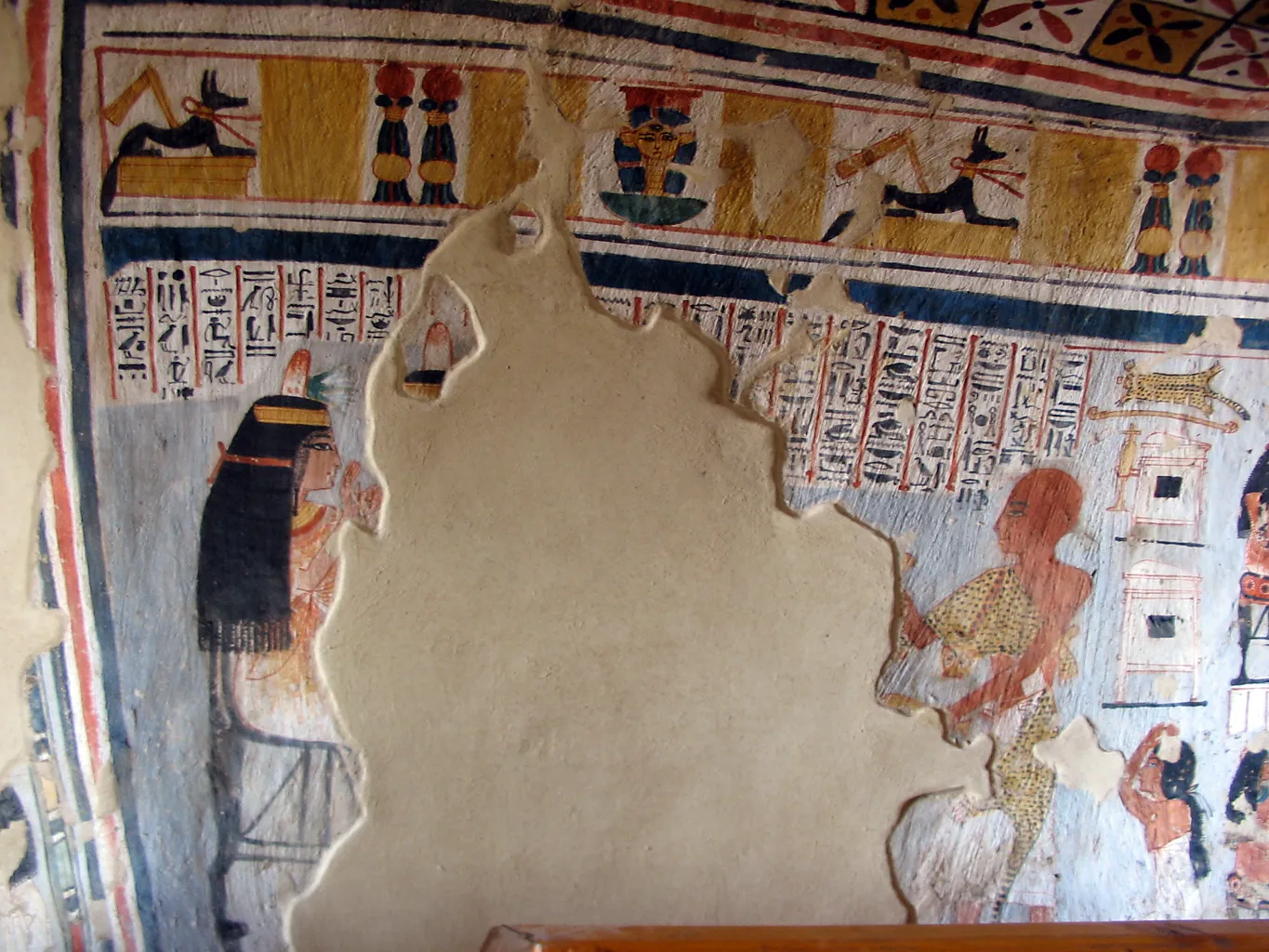
Conclusion
Dra’ Abu el-Naga’ offers a fascinating glimpse into ancient Egyptian burial practices and societal structures. Its extensive history and ongoing archeological discoveries continue to enrich our understanding of this remarkable civilization.
Sources:

